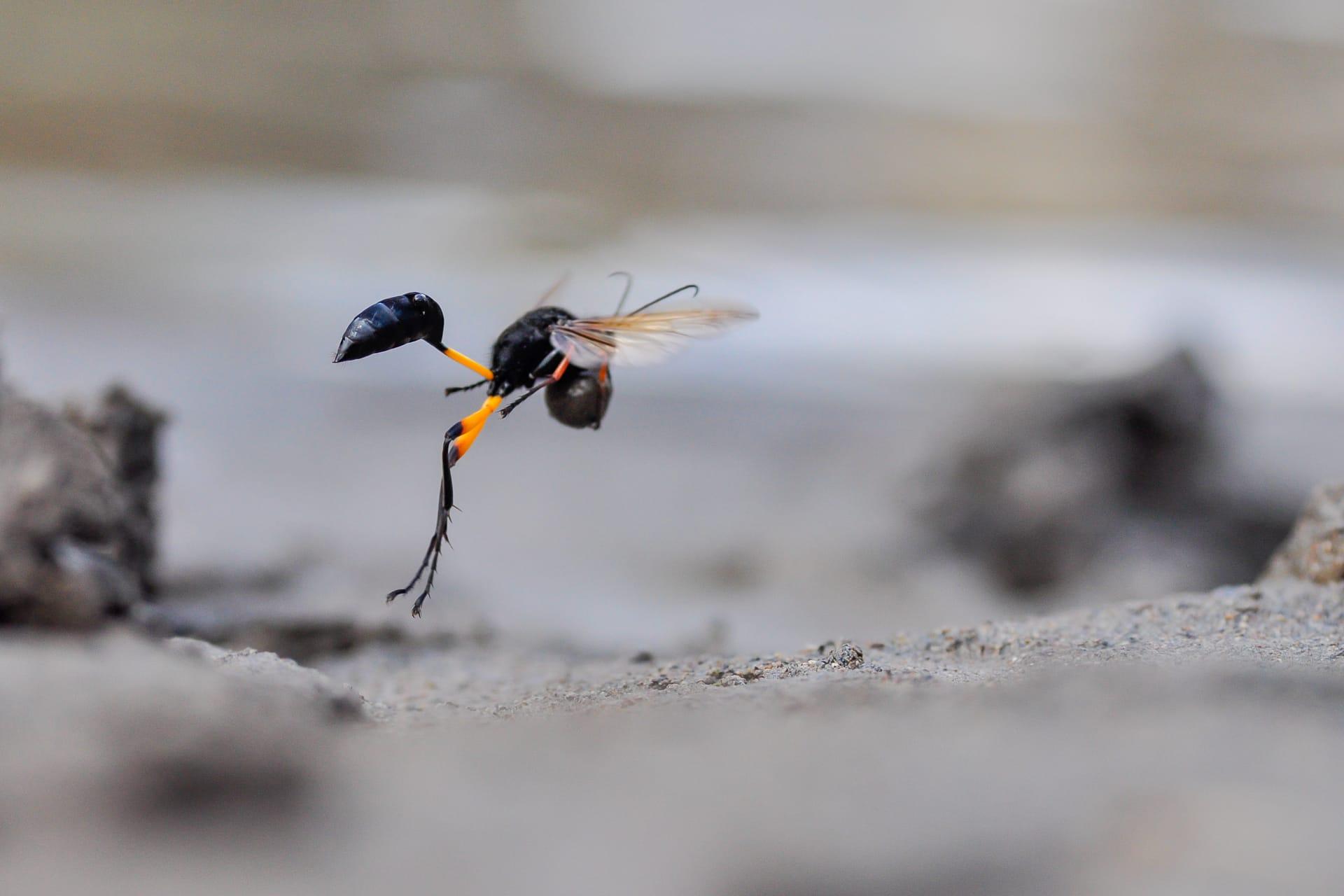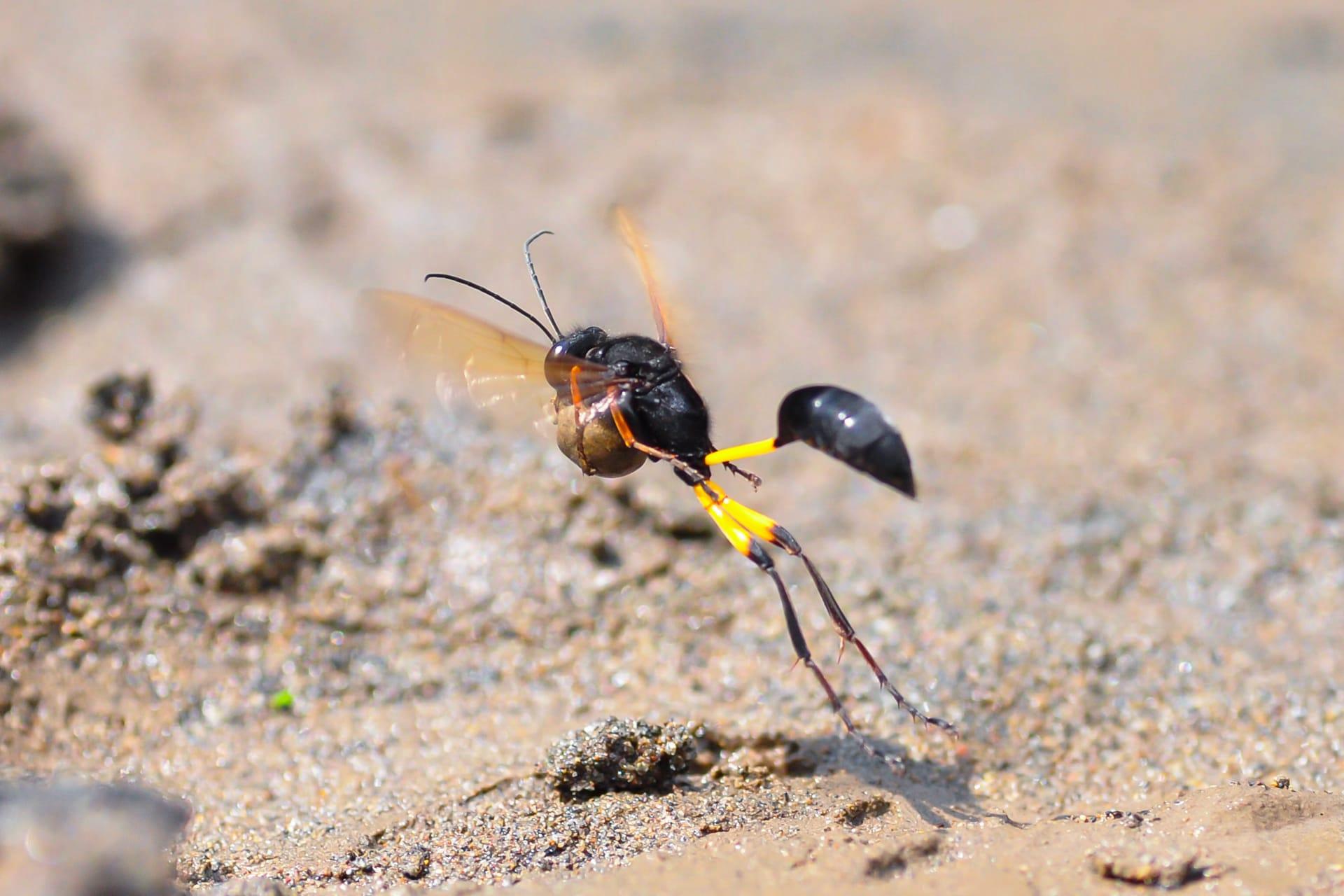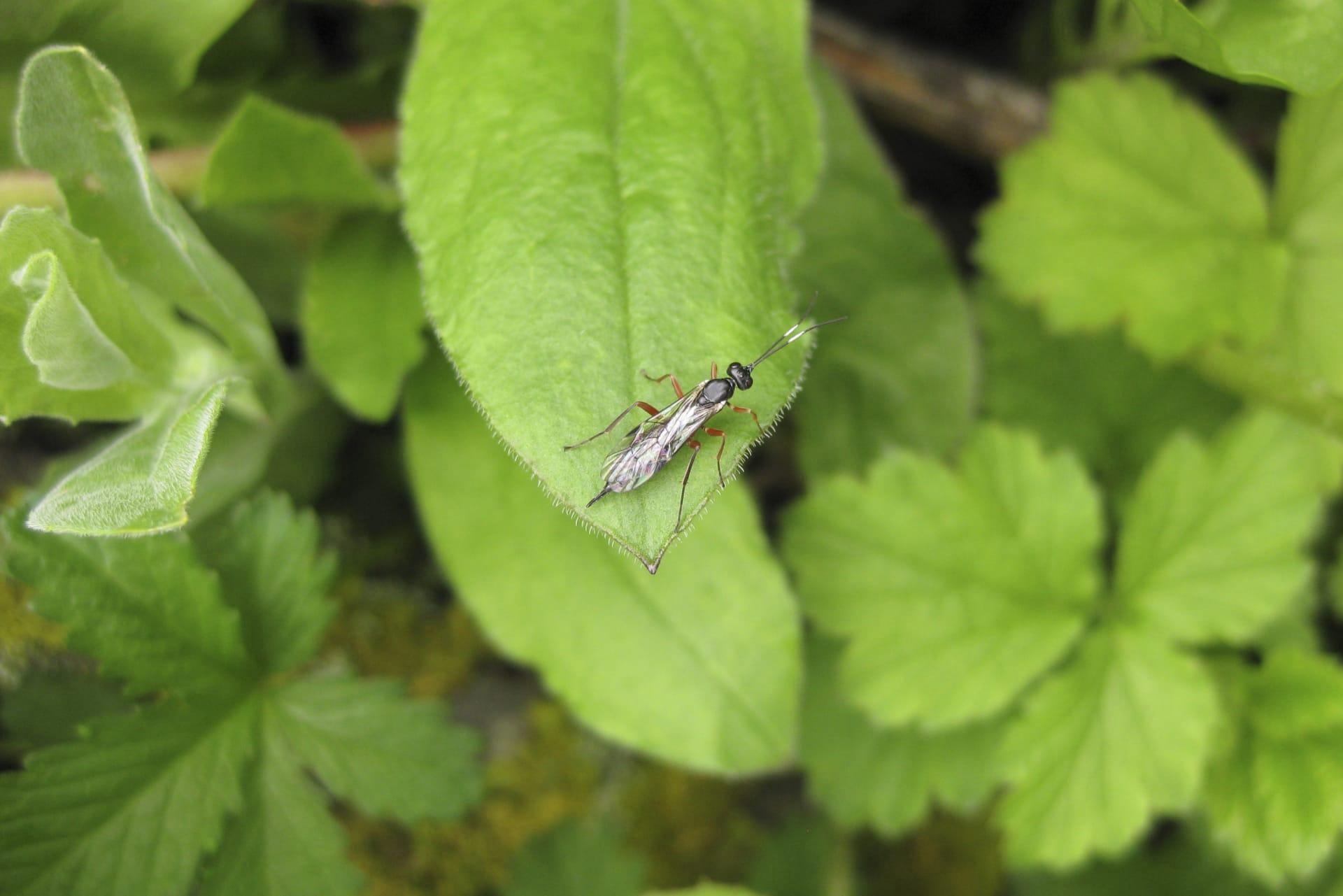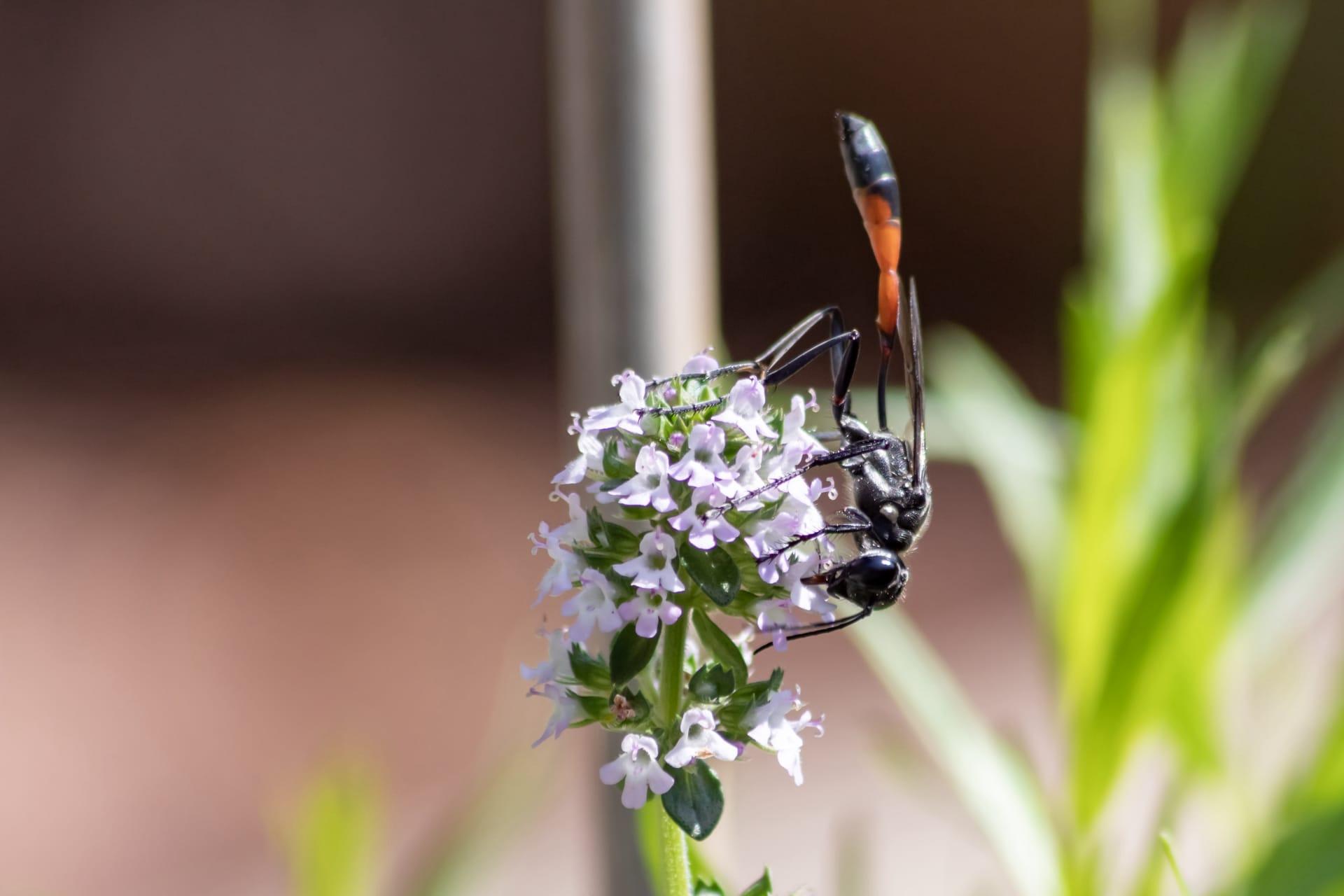1
Mud wasps, a fascinating group of insects, demonstrate an incredible architectural skill in their nest-building. Using mud, they construct intricate nests, often resembling tiny pottery. Each cell of these nests, which can be up to 1 inch in diameter, is meticulously crafted to house a single wasp larva. The precision in the construction is astounding, as mud wasps selectively gather fine mud particles, ensuring the structural integrity of the nest while keeping it lightweight. Their ability to gauge the right consistency of mud is crucial, as too wet or dry mud would compromise the nest's durability.
Another intriguing aspect of mud wasps is their hunting and feeding behavior. Unlike bees that gather pollen, mud wasps are predators, primarily hunting spiders to feed their larvae. What's remarkable is their method of preservation. They sting and paralyze their prey, not to kill but to keep it fresh for their developing offspring. This paralysis keeps the spiders alive yet immobile, preventing decomposition. A single mud wasp nest can contain several paralyzed spiders, each meticulously placed in individual cells as a food source for the larva once it hatches.

2
Coloration in mud wasps is not just for beauty; it plays a vital role in their survival. These wasps exhibit a range of colors from black to metallic blue and even bright orange. This coloration, especially the darker tones, helps in thermoregulation. Dark colors absorb more sunlight, enabling these insects to maintain their body temperature in cooler climates. This is particularly crucial during early morning activities or in cooler seasons. In warmer regions, however, the lighter-colored mud wasps are more common, reflecting sunlight to avoid overheating.
Communication in mud wasps is primarily through chemical signals rather than auditory or visual cues. They rely on pheromones for various purposes, such as marking their territory, attracting mates, or signaling distress. These pheromones are incredibly species-specific, allowing mud wasps to interact effectively within their species while avoiding unwanted interactions with other insects. This chemical communication is so refined that some species can even detect the presence of a predator or a rival through subtle changes in pheromone composition in their environment.

3
Lifespan of mud wasps varies significantly among species, but an interesting fact is that most adult mud wasps live only for about a month. During this time, their primary objectives are to reproduce and ensure the survival of their offspring. This short lifespan underscores the efficiency and urgency of their life cycle. Every action, from nest building to hunting, is precisely timed and executed with remarkable speed and accuracy.
Nest site selection by mud wasps is a critical process, showcasing their instinctual understanding of their environment. They prefer locations that are sheltered from the elements and potential predators. Common sites include under eaves, in barns, on window frames, or even inside abandoned machinery. These sites provide the necessary protection against weather and predators, as well as a suitable microclimate for the development of their larvae. This choice of nesting site is a testament to their adaptability and survival skills in varying environments.

4
Mud wasps are solitary creatures, which sets them apart from many other social wasp species. They do not form colonies or have a social hierarchy. Each female mud wasp is independent, responsible for building her own nest, hunting, and rearing her offspring. This solitary nature means that each mud wasp must be a master of all required survival skills, from nest construction to hunting, which they perform with remarkable proficiency.
The role of mud wasps in ecosystems is often overlooked, but they are crucial in controlling spider populations. By preying on spiders, they help maintain a balance in the ecosystem. Additionally, their role as pollinators, though not as significant as bees, is also noteworthy. As they visit flowers for nectar, they inadvertently transfer pollen, contributing to the pollination of various plants. This dual role as predator and pollinator highlights the ecological importance of mud wasps in maintaining biodiversity and ecological balance.

5
Mud wasps exhibit an interesting behavior known as 'mud carrying.' Female wasps gather mud in their mandibles and transport it to the nest site. They are capable of carrying mud balls nearly half their body size. This remarkable strength and endurance are essential for the construction of their nests. The process of gathering and transporting mud is labor-intensive, requiring multiple trips to complete a single nest cell. This showcases their incredible determination and physical capabilities.
Finally, the reproductive strategy of mud wasps is fascinating. After constructing the nest and stocking it with paralyzed spiders, the female lays a single egg in each cell. Once hatched, the larva feeds on the provided spiders. After consuming all the food, it pupates within the same cell, emerging as an adult wasp ready to continue the cycle. This strategy of provisioning each cell with food ensures that the larvae have adequate nutrition for development, reflecting the foresight and nurturing aspect of mud wasp behavior.